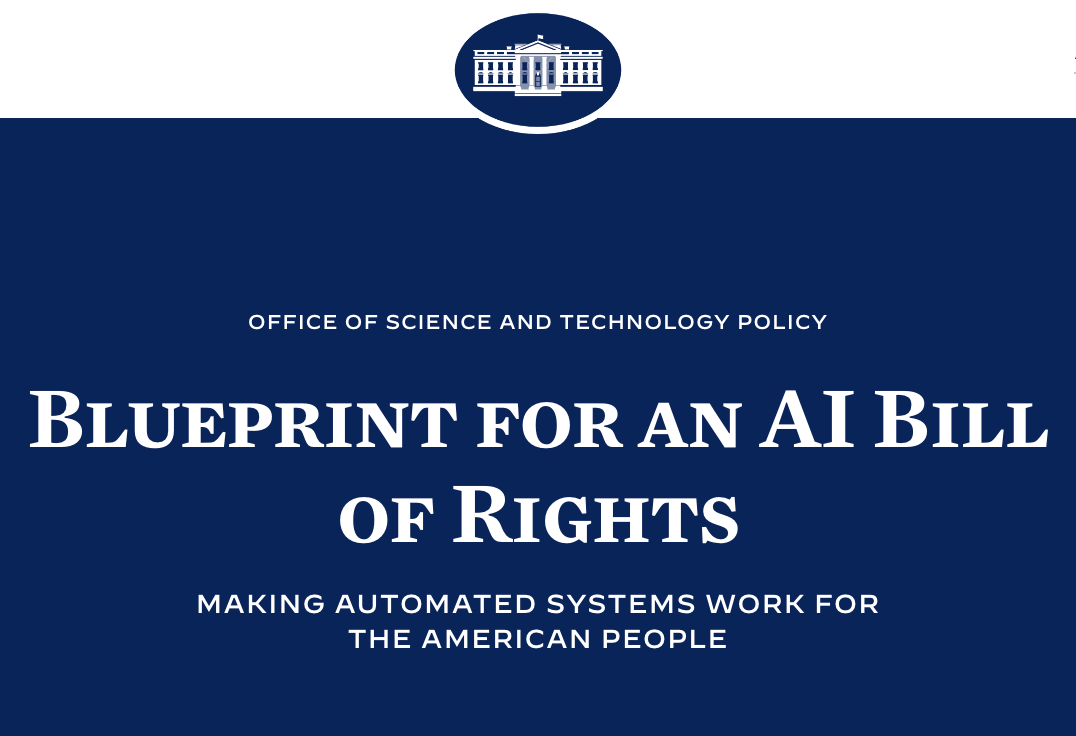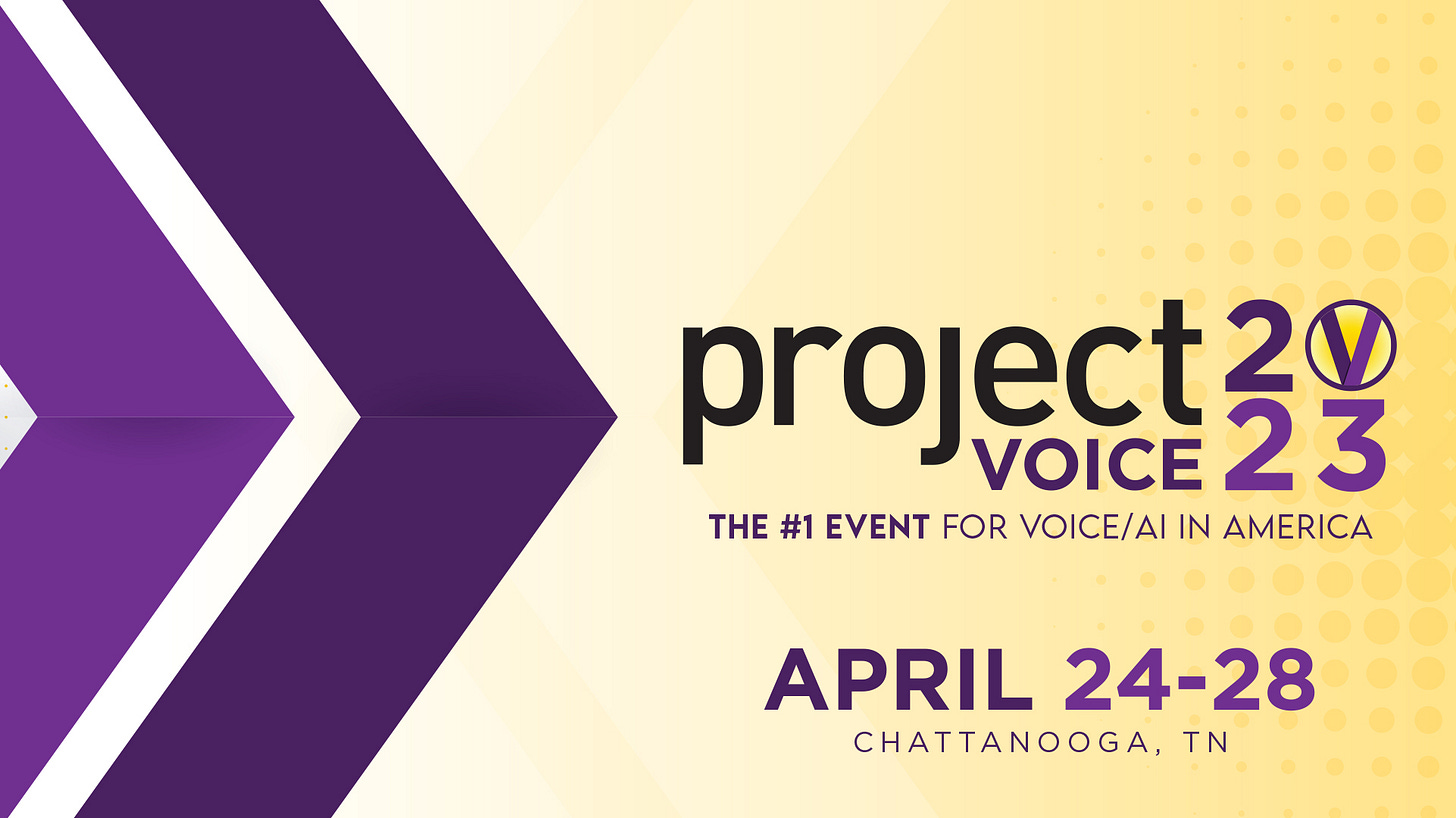
The iconic Dylan song has been repurposed and repackaged many, many times over the years, including notably for Steve Jobs’ 1984 rollout of the Macintosh computer.
Feels like a good musical backdrop for a very interesting announcement from the White House today: the proclamation of an AI Bill of Rights.
It’s easy to nitpick something like this and dive into all the little details that one might have handled differently.
Overall, the philosophical idea of a blueprint for an “AI bill of rights” is a necessary idea. So we’ll give the administration credit for doing it and taking action and putting something out there.
Let’s take a closer look at the five pillars of this AI bill of rights:
Don’t put out technology that doesn’t work. Seems simple enough. Uncontroversial.
Interesting example mentioned when you dig into the details that the White House has published:
On social media, Black people who quote and criticize racist messages have had their own speech silenced when a platform’s automated moderation system failed to distinguish this “counter speech” (or other critique and journalism) from the original hateful messages to which such speech responded.
Algorithms feeding AI systems that have built-in overt and harmful discrimination should be subject to regulation. This is sort of redundant with the first point above, but still has an interesting example mentioned online as well:
A hiring tool that learned the features of a company’s employees (predominantly men) rejected women applicants for spurious and discriminatory reasons; resumes with the word “women’s,” such as “women’s chess club captain,” were penalized in the candidate ranking.
The opening sentence here is:
You should be protected from abusive data practices via built-in protections and you should have agency over how data about you is used.
This is far afield from our current reality of how our personal data is abused day in and day out. But not a bad long-term goal, especially as we enter an age of AI.
I like this one. We need to tell people, and then tell them again, when they’re interacting with AI. This is uncontroversial.
From the White House’s description online:
Designers, developers, and deployers of automated systems should provide generally accessible plain language documentation including clear descriptions of the overall system functioning and the role automation plays, notice that such systems are in use, the individual or organization responsible for the system, and explanations of outcomes that are clear, timely, and accessible.
Having a human fallback in most systems isn’t a bad idea, though one of their examples stands out more than the others:
A large corporation automated performance evaluation and other HR functions, leading to workers being fired by an automated system without the possibility of human review, appeal or other form of recourse.
You might as well call the AI “Jack Welch” who famously installed the system within General Electric where the bottom 10%, as measured entirely quantitatively each year via a system of internal reports, would automatically be fired without appeal.
Interesting to consider AI gravitating to something similar.
The White House then includes an appendix (called Examples of Automated Systems) which actually serves as a remarkable list of AI implementations, the majority of which are examples of conversational AI (with or without voice):
Easy to be political about an initiative like this, and it surely isn’t perfect.
But this AI Bill of Rights provides a very important glimpse into the future, and is well worth reading in full detail.
Project Voice 2023 is the main event in the United States for conversational AI, and by extension, voice technology. The week of April 24 in Chattanooga, Tennessee, 2500 attendees across numerous industries, along with over 100 media outlets, will convene.
The Siri co-founders reunite on stage for the first time publicly in over a decade to kick off the conference, noted healthcare technologist Dr. Walter Greenleaf (Stanford) keynotes the one-day healthcare summit, and a powerhouse program awaits.
But this year, Project Voice Week starts with something special: top women executives within best-in-class conversational AI / voice technology companies are invited to attend a brief program Sunday afternoon, April 23. We will be announcing the keynote for this impactful, invitation-only gathering in mid-October.
But what will make it even more memorable is that we will ask each woman executive attending to invite a junior woman associate at their organization or company - someone whose career they have shepherded, or someone they have mentored, or someone they have opened professional doors for at times, or perhaps someone they just care about. And they’ll be able to attend together.
All part of a very important week for which the planning is already well underway.













